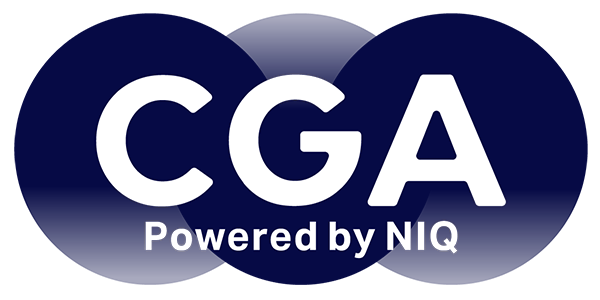
Lies, lies and damned statistics. In the era of disinformation, it is often difficult to distil the truth behind the vast array of data points, figures and analytics at our fingertips. Except, that is, in the on-premise. The eating and drinking-out sector has long been the stubborn outlier of the move towards information-based decision-making and with good reason — the data either isn’t reliable, is patchy in coverage or worse still, doesn’t exist.
Yes, the sector is somewhat of a black hole of data, with what is available globally tangled in a suffocating web of EPOS providers, wholesalers and modelled outputs which is often difficult to make sense of.
Even now, critical strategic decisions that determine the success or failure of drinks brands in what is the most critical channel to drive consumer loyalty are being made on vibes and gut-feel alone.
But it doesn’t have to be this way. The levels of data and insights for the sector continue to develop, while in-venue analysis of consumer behaviour and point-of-purchase decision-making are evolving to allow for detailed understanding of who to target and how to win.
Of course, at CGA by NIQ, we have long been pioneers when it comes to on-premise measurement and analytics, setting up services to understand performance and shine a light on what has been a dark and difficult-to-read sector.
However, rather than bring clarity, the metrics often provide ambiguity as see minglycontradictory readings leave more questions than answers.
Indeed, the story of the sector by numbers is often a nuanced one, where topline figures conceal the detail that matters. However, it is those same measures that are in the highest demand: visitation levels, engagement, spend, volumes and, of course, sales.
These are the numbers on which bonuses rest and on which careers are built. They are the metrics that define good or bad performance. But, rather than concentrating on what performance looks like at a surface level, the priority should be to invest in a deeper understanding of the many constituent parts of performance, discovering the metrics on which strategy can be built to affect that performance.
With the global on-premise sector ever-more polarised among boom-and bust markets, it has never been as important to pinpoint the specifics and develop strategies around the who, where, when and why.
It is not straightforward and requires expert and specialist analysis and understanding. Done correctly however, tactical and strategic advantages can be accumulated. Take when, for example, as the on-premise occasion map continues to shift to expose threats and showcase opportunities.
Overall, we have seen global visits to the sector fall by 3.4% in the past 12 months, but this masks polarised forces at play. In that time, the number of visits has shifted towards lower-tempo, more sedate occasions, which have increased their share of overall visitation.
However, at the same time, the sales volume has moved the other way. The biggest on-premise occasions are becoming bigger. In the UK, for example, the top 20 sales days of 2024 accounted for nearly 15% of all sales of spirits, up 4% compared with 2023.
This necessitates a dual approach to on-premise activation. For those most important of trading days, a fewer, bigger, better strategy should be employed, whereas on the more routine visits, strategy should be focused on distinctive, recognisable and salient serves for when consumers just can’t be bothered to try something new.
The why is also paradoxical. There is a wealth of data points indicating the consumer desire to disconnect, to take a break from social media and live ‘in the moment’, especially in the on premise. This has led venues to foster genuine in-person connection to the point where ‘disconnection bars’, encouraging guests to put away their phones, are on the rise. However, similar data exists to show the appeal of social media-friendly serves, Instagrammable decor and selfie stations. Don’t even start with the who. I’ve seen data that suggests Gen Z are abstainers, moderators and bingers.
The devil, of course, lies in the detail, and these paradoxes can not only exist in harmony, but thrive, offering opportunities at extreme ends of the scales, as well as in the middle. Rather than leaving brand planners scratching their heads on how to target, understand and analyse in detail, these inconsistencies can actually fuel growth. A strategic mindset, navigating the scattered map of data to plot where to play and how to win among the sea of information, will move the dial on those what performance metrics that matter most.
To learn more about CGA’s REACH survey, Bartender Insights and other sources of insights for suppliers and operators across global markets to support your global strategies, contact Charlie Mitchell here.
Originally published in Global Drinks Intel Magazine




